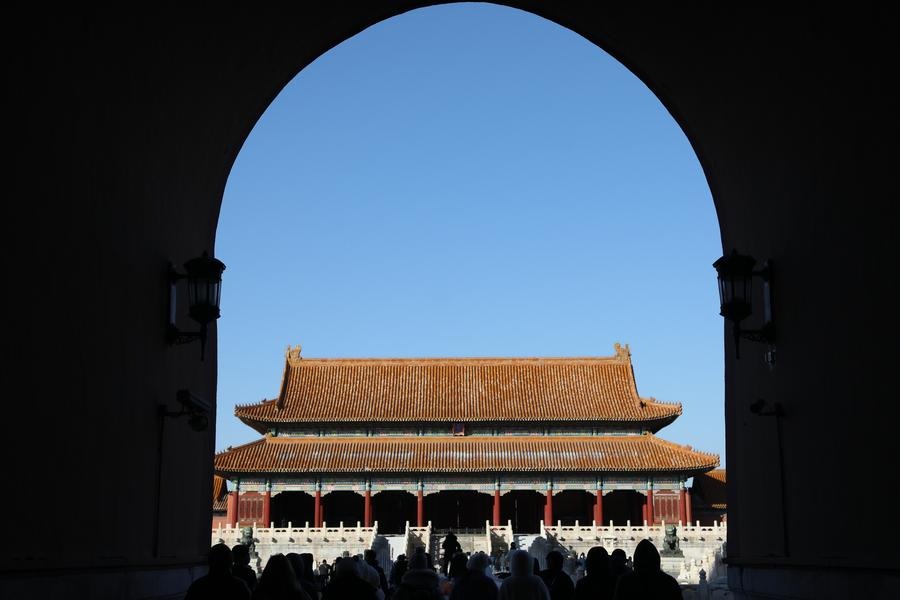Smart grip
Regulatory innovation is required to better develop digital economy


The fourth industrial revolution, driven by the digital economy, is ushering in profound changes. If traditional economic drivers remain lackluster, the digital economy will become a main engine powering the great rejuvenation of the Chinese nation.
In 2019, the top five economies-the United States, China, Germany, Japan and the United Kingdom-claimed 78 percent of the global digital economy. However, China's digital economy accounted for only 36.2 percent of the country's GDP, far below the 51.3 percent average of developed countries, 63.4 percent for Germany, 62.3 percent for the UK and 61 percent for the US.
From 2002 to 2019, the Chinese digital economy registered an annual growth rate of 22 percent, while the US' registered growth was only 9.9 percent from 1998 to 2017. The growth of the Chinese digital economy is pushing global economic growth, as the country is home to the largest number of internet users and a wide array of digital products and services.
Promoting the digital economy will help China avoid the pitfall of the middle-income trap. In 2019, according to China 2049, a book co-authored by experts from the Brookings Institution and the National School of Development of Peking University, China will overtake the US in economic aggregate by 2030.The timeline will be one or two years earlier, according to the Japan Center for Economic Research.
Harnessing the power of the digital economy is central to China's future development. But countries putting the digital economy at the top of their agenda and rushing to seize the high ground are all confronted with a critical question: How to innovate government regulation to boost the digital economy?
In the middle and late 1970s, supply-side economics emerged in Western countries in response to widespread stagflation, which was largely attributed to persistent Keynesian policies. This new school of economics advocated relaxing regulation. In the following years, developed countries such as the US, the UK and Japan, and many developing nations, eased the regulatory grip on their economies. From 1982 to 2013, the Indicators of Regulatory Policy and Governance of OECD member countries dropped from 5.45 to 2.09.
During the same period, those countries saw faster growth and low inflation. Other empirical OECD studies have confirmed that more stringent regulation leads to slower economic growth.
Less regulation and more market competition can inspire higher, healthier and more sustainable growth. Deregulatory policies have proven to work wonders.
In the 1920s, the US enjoyed a golden period of rapid economic growth, thanks to boom driven by the automobile and power industries. In the 1980s, the Reagan administration adopted a deregulatory approach, lifting the country out of its economic quagmire. Presidents Bill Clinton and George W. Bush emulated president Ronald Reagan on the regulatory front; and the two successive administrations experienced the longest period of economic prosperity in US history. Donald Trump viewed regulation as "Stealth Taxation", and promised to reduce regulation at record speed.
Excessive and harsh regulation will cost opportunities and strangle the development of the budding digital economy in China. However, even in this nascent stage of the industry, it is necessary to implement, improve and innovate regulation, and not abandon it. Specifically, there should be a transition from regulatory tightening to smart regulation, from economic regulation to social regulation, from discriminatory regulation to fair competition, from the positive list to the negative list, from ex-ante review and approval to ex-post supervision, from specialized regulation to integrated regulation, from see-through supervision to the use of regulatory sandboxes.
The author is the dean of Business School at Beijing Normal University. The author contributed this article to China Watch, a think tank powered by China Daily. The views do not necessarily reflect those of China Daily.



































